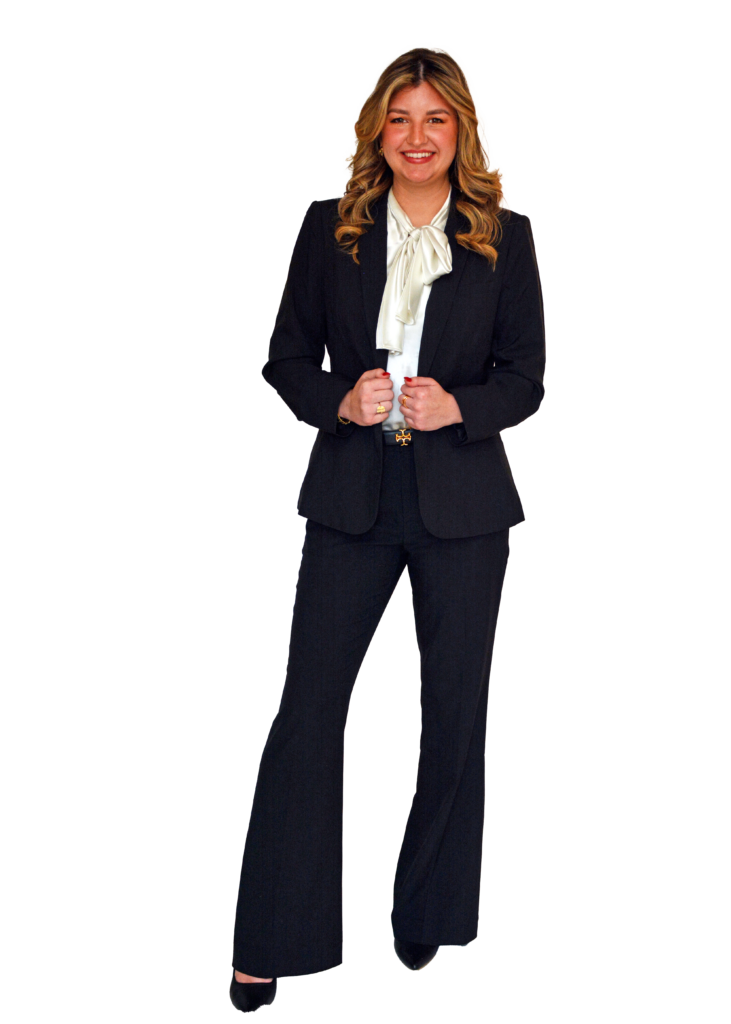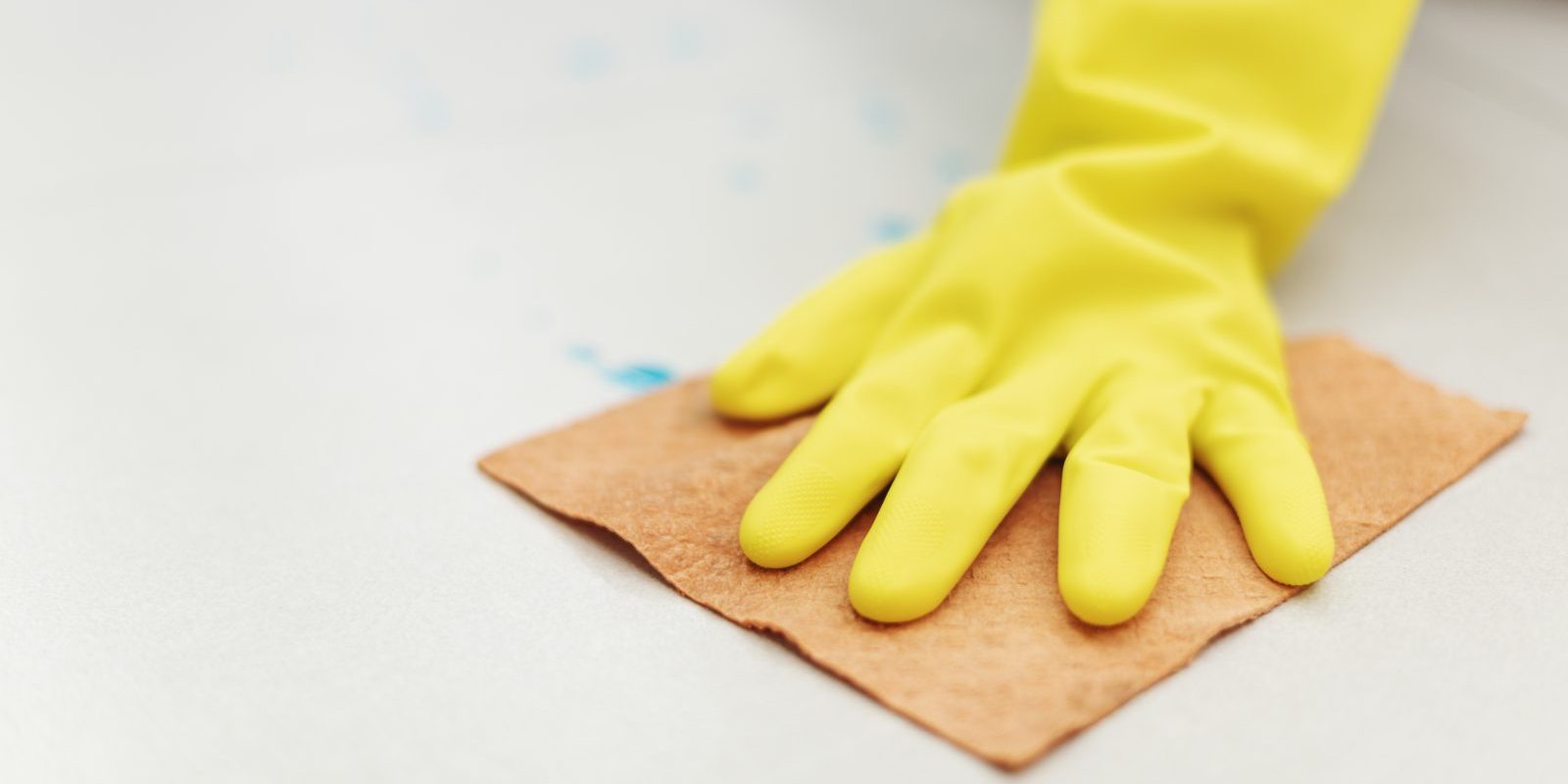 by Savannah Ryan, Director of Sales, The SoRite Company
by Savannah Ryan, Director of Sales, The SoRite Company
Whether you’re cleaning your own home or you work as a cleaner, janitor or custodian for a cleaning company, it’s important to know these tips for safe cleaning.
The top cause of accidental home injury death is from falls, claiming nearly 6,000 lives per year according to the Home Safety Council. Janitors and cleaners are more likely to suffer overextension injuries, but slips, falls and trips is number two in the cleaning industry, causing 15% of accidental deaths according to the Occupational Safety and Health Administration (OSHA).
Before we explore five important tips for safe cleaning, one all-encompassing directive especially for cleaning professionals is “know your surroundings.” Know where light switches are located. Know where items are usually placed. Being familiar with your surroundings will help you be better prepared to react in case something is out of the ordinary—like that open file cabinet drawer just waiting to be tripped over!
1
Prevent Slips, Falls & Trips
Slips, falls and trips make up majority of general industry accidents according to the US Department of Labor with over 17% of all disabling occupational injuries from falls. And most could have been prevented.
Slips most often occur due to wet or dry product or spills on smooth floors or walking surfaces, making them slippery. Highly polished floors (concrete, marble and ceramic tile) or freshly waxed surfaces can cause slips. As can transitioning from one surface to another such as from carpet to vinyl or hardwood.
When cleaning, take care to prevent slips, falls and trips by adhering to these guidelines:
- wearing footwear with enough traction
- keep your work area properly lit
- avoiding obstructions, such as cords, along walkways and entrances
2
Chemical safety
Read labels carefully. The fewer chemicals you use, the less likely you are to have an accident related to chemical use (or abuse). One of the most frequent chemical accidents is caused from mixing the wrong chemicals.
If your cleaning chemical contains bleach, don’t mix it with anything. Even bleach and lemon juice can result in the production of chlorine gas. Mixing bleach and ammonia is especially harmful. An example of a common cleaning product that contains ammonia is glass cleaner.
Keep the area where you’re cleaning well ventilated.
You’ll also want to read the label to determine if any personal protective equipment (PPE) should be used. The right equipment such as gloves, goggles and masks can prevent severe injuries to the eyes, head, lungs, hearing and skin.
3
Prevent Sprains, Strains and Back Injuries
Repetitive motion can cause musculoskeletal injuries, especially if you are working regularly as a cleaner, janitor or custodian. Your employer is required by OSHA to provide you with the proper cleaning procedures and equipment, but it’s up to you to make a conscious effort to use the proper tools.
When performing repetitive motion, such as vacuuming, take a break to stretch and give your muscles a rest. This even applies to the same tasks at home. Instead of doing all the vacuuming at once, intersperse a task that uses a different set of muscles.
4
Keep Away From Children
Always keep cleaning products and electrical equipment used for cleaning in a safe place, away from children( and pets for that matter). It’s always a good idea to rinse out your cleaning rags and buckets after using cleaning products as well. And, reseal opened cleaning products tightly.
5
Sometimes It Takes Two
While you can do the majority of housework alone, there are some tasks that take two to complete safely.
Moving heavy items: Ask for help when moving heavy furniture, large rugs or pulling your fridge out to clean behind it. Your back and knees will thank you.
Cleaning up high: Make sure there’s someone on hand to steady the ladder or spot you when you’re cleaning light fixtures, high windows, ceiling fans, the tops of shelves or even taking down tall drapes.










